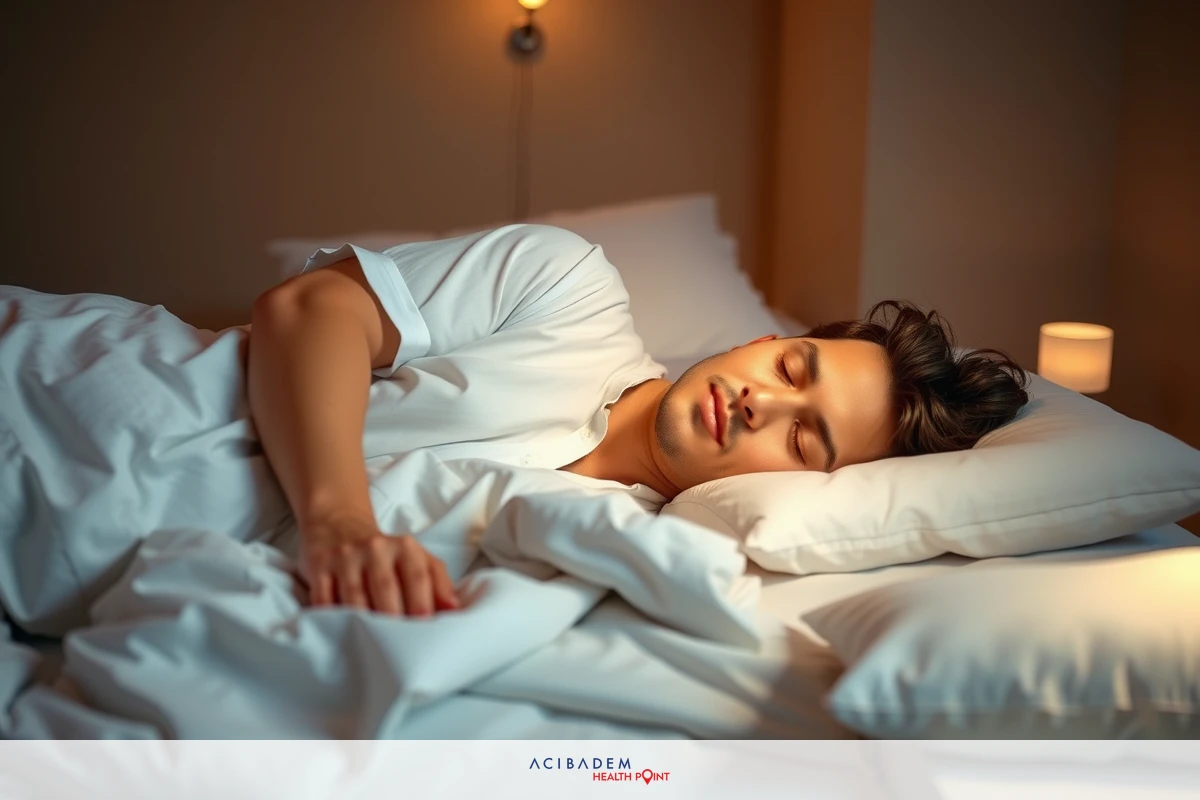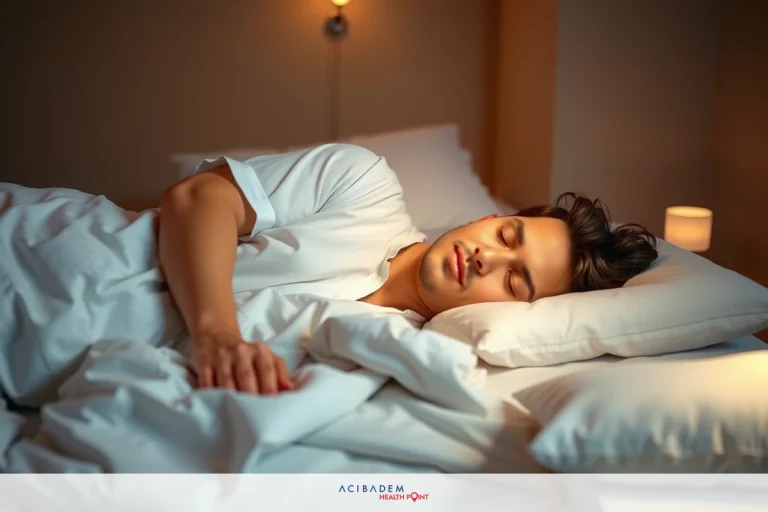Can I Lay on My Side After Rhinoplasty?
Can I Lay on My Side After Rhinoplasty? Rhinoplasty, a form of nose surgery, can be an exciting journey towards enhanced selfconfidence and appearance. Yet, it comes with its own set of post-operative considerations – not least the question: ‘Can I lay on my side after rhinoplasty?’ This is far from being a trivial concern; indeed, your sleeping position can impact recovery time and even the final outcome of the procedure.
Sleeping sideways after nasal surgery might seem like an instinctive preference for comfort. But does this stance align with medical advice? The answer isn’t as straightforward as you might think. Understanding how to navigate through your sleep routine during recovery requires awareness about pressure distribution on the face while lying down. You also need to comprehend why certain positions may lead to complications or prolonged healing times.
Can I Lay on My Side After Rhinoplasty? Sleeping Position After Rhinoplasty
The journey towards full recovery after rhinoplasty is as significant as the surgical procedure itself. One of the most critical aspects to consider is your sleeping position, particularly in the initial few weeks post-surgery. The ideal sleeping position, according to medical experts, is on your back with your head elevated higher than your heart level. This posture helps reduce swelling and also minimizes any potential damage or disturbance to the surgical site.
Side sleeping may seem a natural inclination for many people; however, it might not always be conducive for optimal recovery from nose surgery. Lying on one side could exert pressure on one part of the nose while leaving the other free – an imbalance that can affect healing symmetry and possibly distort final results. Furthermore, turning over during sleep could lead to accidental bumps or jerks which are best avoided in this delicate period.
While post-operative positioning may initially feel uncomfortable or unusual for habitual side sleepers, adapting these changes can contribute significantly towards a successful rhinoplasty recovery process and desired cosmetic outcome. A variety of supportive devices such as specially designed pillows are available in market that facilitate comfortable back-sleeping while providing necessary elevation to head region. As each day passes by and healing progresses steadily under careful adherence to doctor’s advice regarding these minor yet vital lifestyle adjustments you’ll soon find yourself transitioning smoothly through this phase into revealing new contours of confidence.
Benefits of Side Sleeping
While it’s true that sleeping on your back is the most recommended position immediately after rhinoplasty, there are indeed some benefits to side sleeping. Once you’re past the initial recovery phase and have got the green light from your surgeon, transitioning to this preferred sleep stance could provide certain advantages. However, remember that this endorsement comes with a note of caution – ensuring minimal pressure and absolutely no trauma on the nose.
- Comfort: Many people naturally find side sleeping more comfortable than being flat on their backs. Comfort translates into quality sleep which is essential for healing and overall wellbeing.
- Breathing Ease: Side-sleeping can help improve airflow for those struggling with congestion or blocked nasal passages due to post-operative swelling.
- Reduced Snoring: Persons prone to snoring or mild obstructive sleep apnea might experience reduced symptoms when lying on their sides.
- Pressure Redistribution: Asymmetrical by nature, side-sleeping alternates pressure distribution across different facial areas over time, potentially reducing prolonged contact stress at one spot.
- Digestion Aid: Some studies suggest that right-side sleeping may aid digestion by leveraging gravity’s role in waste elimination.

A young couple, sleeping in a hotel bed with white linens. The man is on his stomach while the woman lies beside him, both resting peacefully.
However, when considering these benefits against potential risks associated with premature transition towards side-sleeping post-rhinoplasty surgery, it becomes clear why medical advice leans heavily towards back sleeping during early recovery period. The optimal balance between comfort and care would always be personalized based upon individual progress assessments made under expert guidance from your surgeon—always consult before making changes in your resting patterns during rhinoplasty recovery!
Avoiding Pressure on the Nose
Post-rhinoplasty, the nose is in a delicate state of healing and requires utmost care to ensure an optimal outcome. One significant aspect of this care involves avoiding any undue pressure on your nose, especially while sleeping. While it might sound simple enough, executing it could involve some adjustments and conscious efforts.
Initially after surgery, sleeping upright or semi-upright with head elevation can significantly minimize nasal stress. This position not only helps reduce swelling but also prevents accidental nudges to the sensitive surgical site that may occur during sleep movements. It’s essential to use soft pillows around your head for support and stability – they act as protective barriers preventing inadvertent turning over onto sides or stomach which could impose unwarranted stress upon nasal structures.
As you progress through recovery phase under expert supervision from your surgeon, there may come a point when transitioning towards side-sleeping becomes permissible – depending upon individual healing pace and surgeon’s discretion. However even then, careful attention needs to be paid to avoid placing direct pressure on the nose by using appropriate cushions or specialized pillows designed for post-facial surgery patients providing necessary facial contours relief space.
Remember that although comfort is important for good quality sleep which aids overall recovery process; protecting your newly reshaped nose from any form of external disturbance takes precedence till complete healing has been achieved. With time patience adherence to these guidelines along with regular follow-ups with your doctor will help ensure rhinoplasty results are preserved enhancing aesthetics functionality alike!
Frequently Asked Questions
When can I start sleeping on my side after rhinoplasty?
The time frame varies from person to person. Most surgeons recommend waiting at least two weeks before trying any position other than back-sleeping. However, it's best to follow your surgeon's advice as they are familiar with the specifics of your procedure and recovery.
How should I sleep if back-sleeping is uncomfortable for me?
If you're finding it difficult to adapt to back-sleeping post-rhinoplasty, consider using a recliner or arranging multiple pillows behind you for better support and comfort. Specialized facial surgery recovery pillows are also available in the market that provide appropriate contour relief space while preventing accidental pressure exertion on nose during sleep.
What happens if I accidentally roll onto my nose while sleeping?
Accidental pressure might cause discomfort but is unlikely to significantly alter surgical results especially once initial healing period has passed. Nonetheless, such instances should be avoided; inform your doctor about them so they can assess any potential impact.
Can side sleeping affect the symmetry of my new nose shape?
Yes - prolonged unilateral pressures could potentially affect healing symmetry and hence final results especially in early days post-operation when nasal structures are still settling into their newly assigned contours. This risk reduces largely as healing progresses over time under careful adherence to post-operative positioning guidelines provided by your surgeon.











